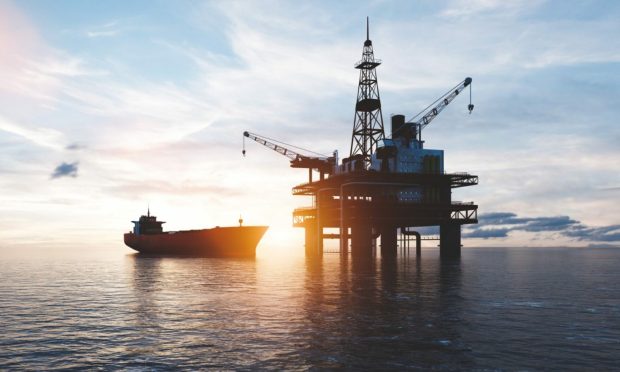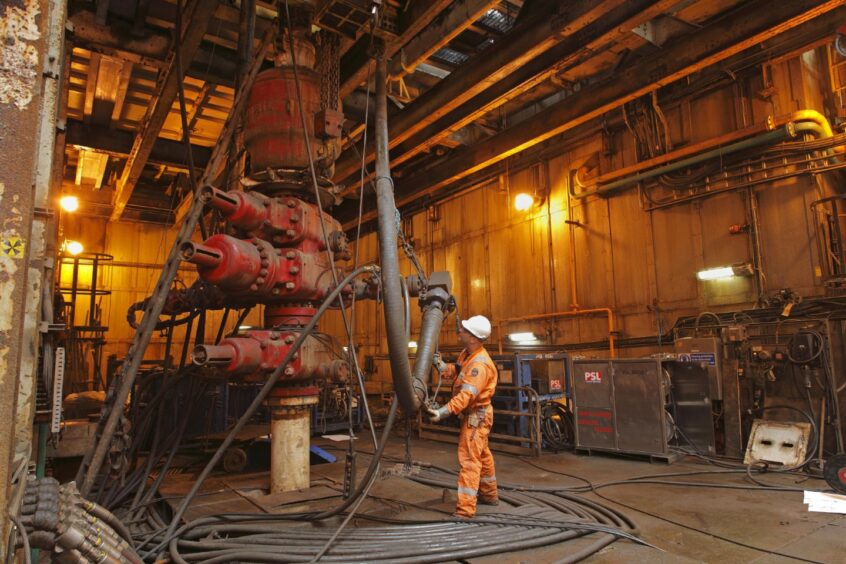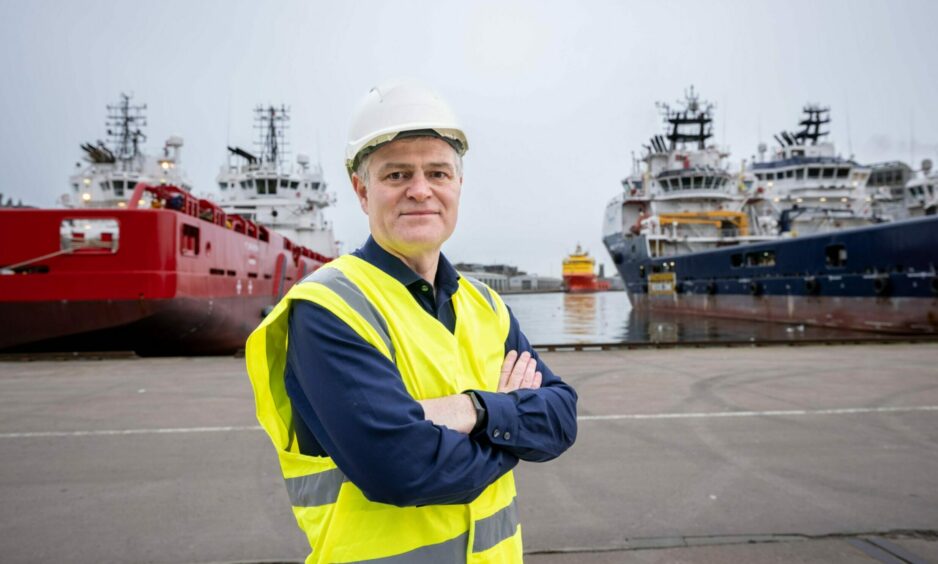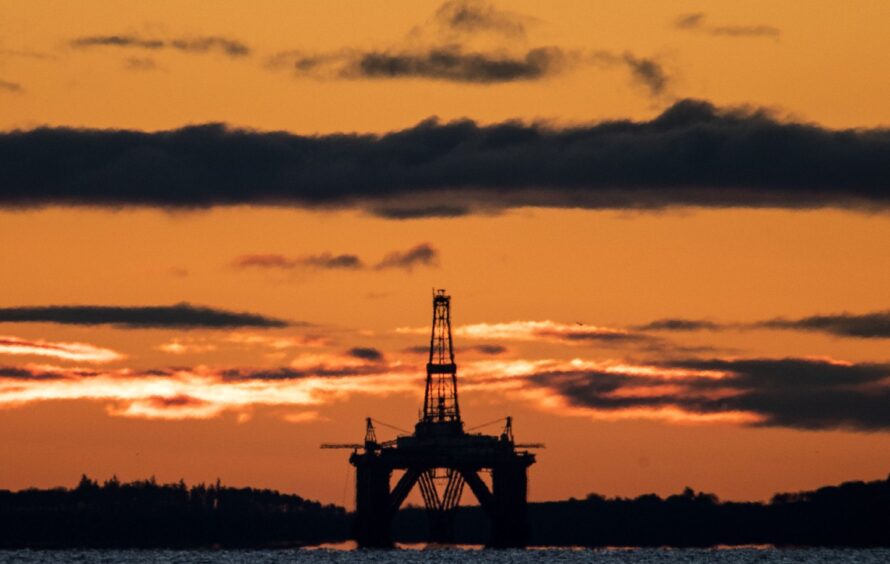A total of 31 awards have been made in the latest phase of the UK’s 33rd offshore oil and gas licensing round.
Industry body Offshore Energies UK (OEUK) said it strengthens energy security and business confidence across all sectors as the expansion into wind, hydrogen and carbon capture and storage accelerates.
It brings the number of licences awarded by the North Sea Transition Authority (NSTA) in this round overall to 82, across 50 companies.
New licences predicted to deliver 600 million more barrels of UK oil and gas
NSTA – the offshore energy industry regulator – says these could add an estimated 600 million barrels of oil equivalent up to 2060, or 545 by 2050.
The licences awarded today are chiefly for gas extraction from the southern North Sea.
According to OEUK, they will make the UK less reliant on imported gas, which the NSTA has shown to be more carbon intensive.
This means they will help to lower the UK’s carbon footprint as the offshore industry “works to build an attractive investment environment that can enable a homegrown energy transition and kick-start economic growth,” the trade body added.
OEUK chief executive David Whitehouse said: “New oil and gas licences benefit every sector in the UK.
“They will help to bring secure supplies of home-grown gas into our grid, reducing our reliance on more carbon intensive imports from overseas.
“These licences will help to protect jobs and power, and heat the nation’s firms and homes as we build the next generation of low carbon infrastructure here in the UK. ”
Mr Whitehouse added: “In this general election year, we face a choice.
“We can build a home-grown energy transition and kick-start economic growth by backing our people, our offshore firms and our world-class supply chain, or we can import even more energy and fail to grow our new wind, hydrogen and carbon capture industries.
We need the churn of licences for an orderly transition that supports jobs and communities across the country, and meets our energy needs.”
“Our energy security, economic growth, and thousands of jobs in almost every parliamentary constituency up and down the UK are at stake.
“We need the churn of licences for an orderly transition that supports jobs and communities across the country, and meets our energy needs.”
Central and southern North Sea-focused Deltic Energy announced it had been provisionally awarded two licences over eight blocks and part blocks in the 33rd round.
We have today offered a further 31 licences in the latest phase of the 33rd oil and gas licensing round.
A total of 82 offers to 50 companies have now been made in the round which attracted 115 bids across 257 blocks and part-blocks. More info: https://t.co/Ha2hc4nTan pic.twitter.com/u2HsnjhZoK— North Sea Transition Authority (@NSTAuthority) May 3, 2024
Graham Swindells, chief executive, Deltic, said: “These further tranche three provisional awards further demonstrate the ability of the Deltic team to identify and acquire valuable exploration and appraisal acreage within the UKCS (UK continental shelf).
“We will now assess each of the provisional awards and carefully consider which, if any, the company will accept.”
Climate activists say it’s time to ‘step into action’
Meanwhile. Just Stop Oil said record temperatures, floods and crop failures around the world highlighted why fossil fuel production must end. “Politics is failing”, the environmental campaign group said, adding: “It’s time we step into action to do something about it.”
Oil and gas facts
- There are currently more than 280 active oil and gas fields in the UK North Sea and by 2030 around 180 of these will have ceased production due to natural decline. According to OEUK, The industry needs new licences to ensure no “cliff edge” in domestic production. The trade body has warned that without fresh investment the UK will be reliant on oil and gas imports for 80% of its needs by 2030.
- NSTA dats shows the UK replaced only 3% of production with new reserves in 2022.
- OEUK expects that 20 fields will have stopped producing last year, whilst only two will have started producing. For every one oil and gas well drilled, around three are closed.
- About 75% of the UK’s total energy comes from oil and gas.
- Around half of UK gas comes from the North Sea.
- NSTA analysis has found the carbon footprint of domestic gas production is about one-quarter that of imported liquified natural gas.
- Companies require licences for a range of activity in so-called “blocks” – carefully mapped sections of the seabed in UK waters – starting from seismic and initial exploratory work through to production, either near existing infrastructure in previously known fields or in new fields.




Conversation